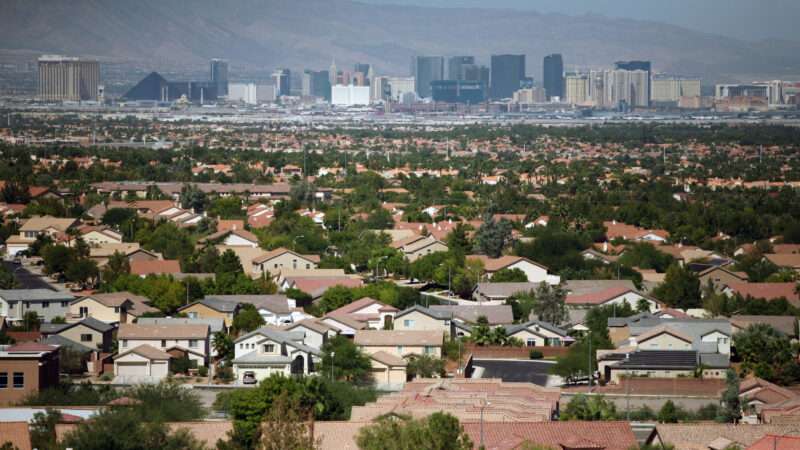
After a COVID-induced roller coaster ride, the dust is starting to settle America's housing market. In general, the pandemic has been a disaster for housing affordability, although there is some hope that relief will come in the new year.
As of November, nationwide rents have grown 4.7 percent year-to-date according to data culled by Apartment List. In a blog post, the company notes that rents have been falling in the last few months and that year-over-year rent growth will likely come in below 4 percent.
That's closer to the typical amount of rent growth we were seeing in the years right before the pandemic. It's well below the 17.6 percent increase in rents that the country saw last year.
Nevertheless, the average rent on an apartment is $1,356 today, or about 20 percent higher than it was in February 2020, according to Apartment List data.
So, while rent growth might be moderating, the country as a whole is still a more expensive place to live. And the nationwide increase in rents masks some of the real housing cost strains that COVID created in once-affordable parts of the country.
The lockdowns, social distancing, and the remote work revolution of 2020 saw people abandon traditionally expensive downtowns of major metros in favor of life in the traditionally more affordable exurbs of smaller cities and sunbelt metros.
The net effect of expensive areas getting a little cheaper and cheaper areas getting much more expensive is a nationwide price convergence. Apartment List notes that pre-pandemic rents in San Francisco used to be 2.5 times that of Phoenix. Now they're only 1.6 times as high.
It's an even more dramatic story with home prices, which are up some 40 percent nationwide from pre-pandemic levels, according to the Case-Shiller Home Price Index. Here too, the biggest price increases have been in traditionally more affordable areas in the South and Southwest.
The National Association of Realtors notes that of the 10 housing markets with the most year-over-year home price growth, seven were in Florida. The other three were in Tennessee, North Carolina, and South Carolina.
When combined with higher interest rates, housing affordability as measured by a mortgage payment-to-income ratio is at its worst point since the 1980s, reported The Washington Post earlier this year.
Overall, that's a pretty bleak picture. But there is some good news.
There are nearly 1 million apartments under construction today. That's more housing in the pipeline than at any point in the past 40 years. The additional supply will hopefully work to keep rents flat in the coming year.
The picture for single-family housing isn't so rosy. Numbers released by the Census Bureau last week show that permits for new homes and new homes starting construction both continue to fall.
But the completion of new homes has stayed steady, and real estate experts are predicting home prices to stay basically flat next year.
That means next year, housing might not get more expensive. That will be a welcome break from punishing pandemic-era rent and home price increases.
The post The Pandemic Was a Disaster for Housing Affordability. 2023 Might Be a Little Better. appeared first on Reason.com.







